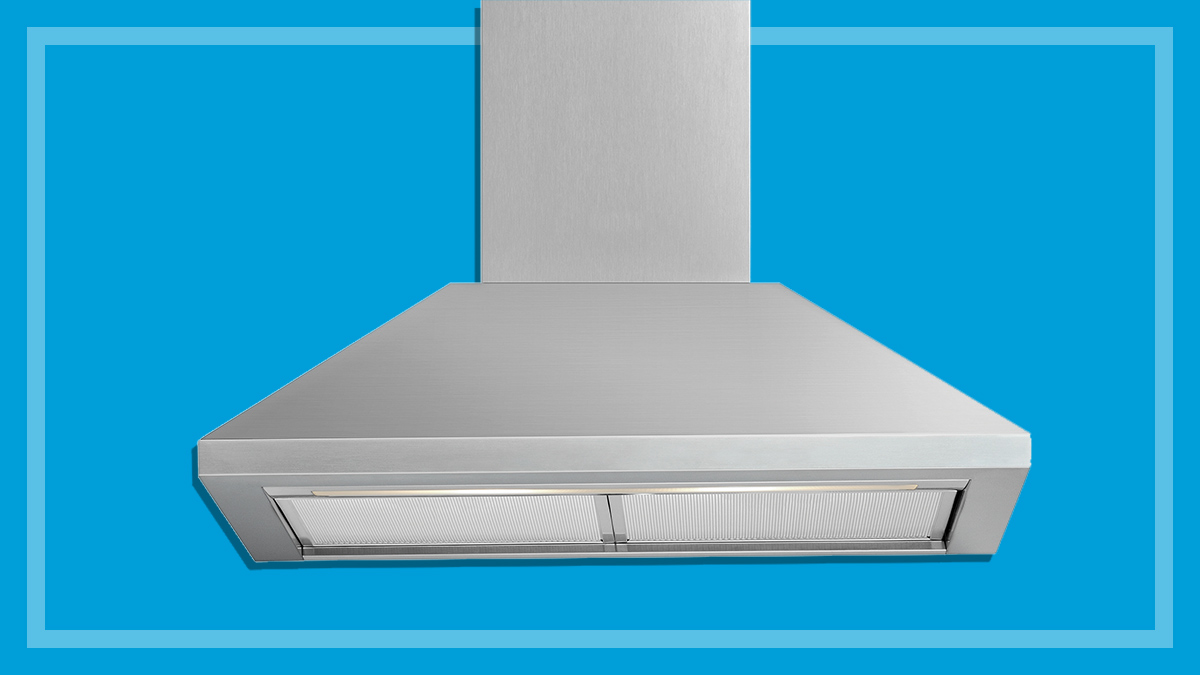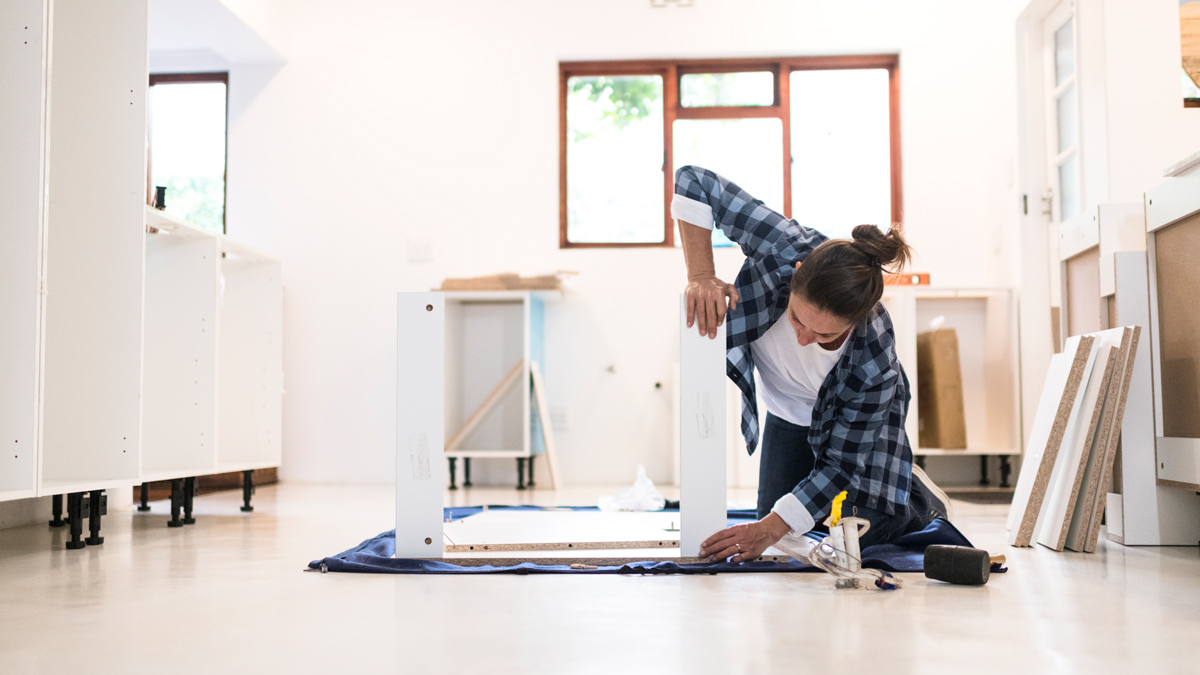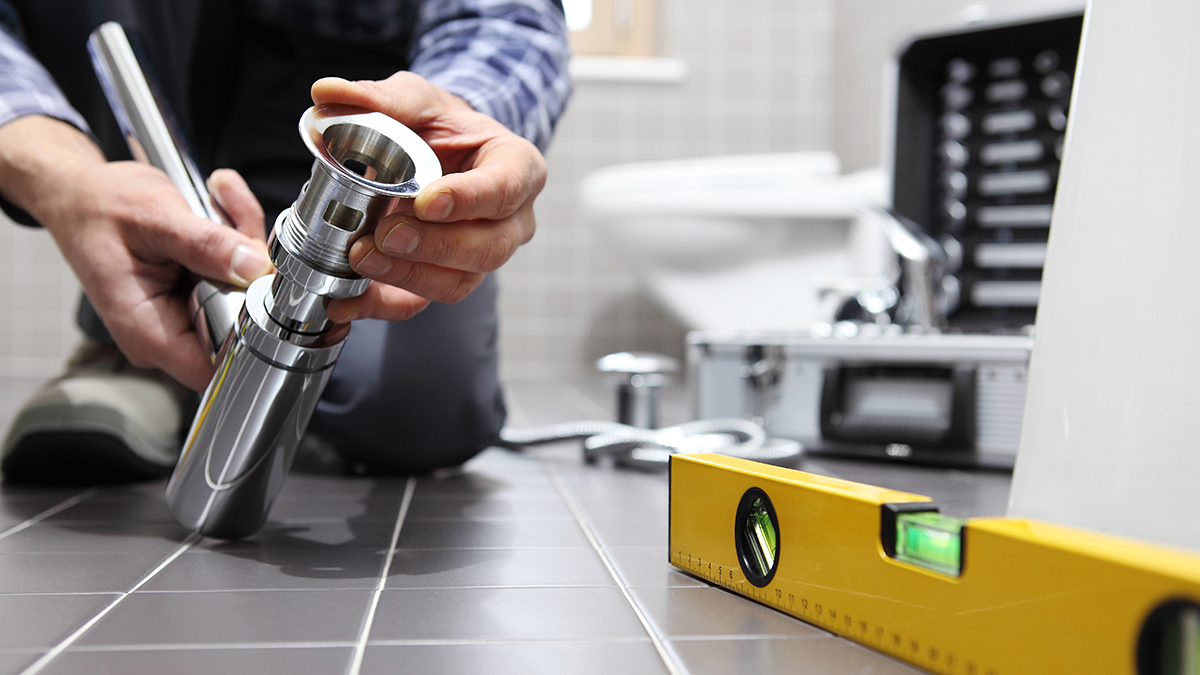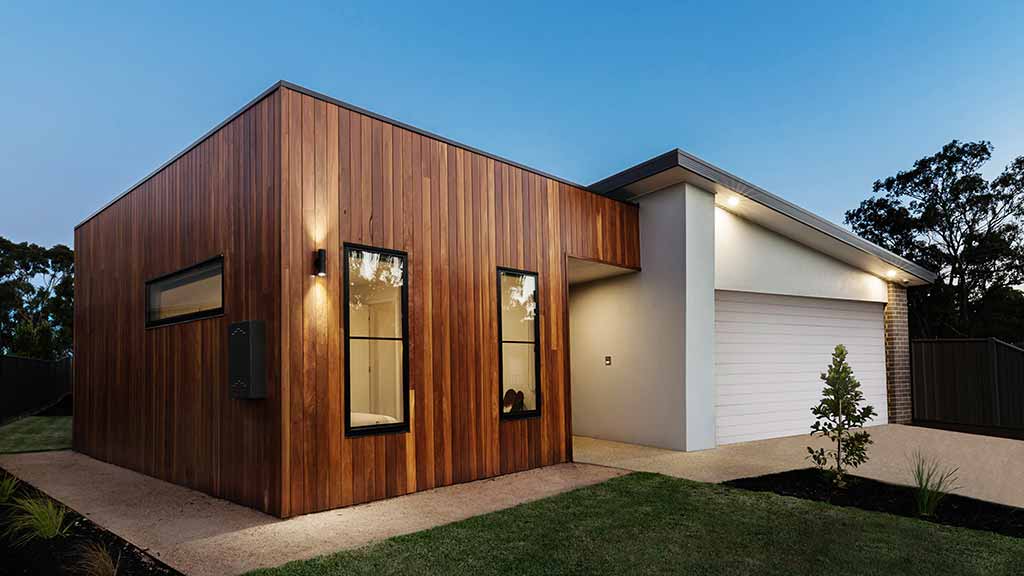Get our independent lab tests, expert reviews and honest advice.
5 biggest kitchen renovation traps
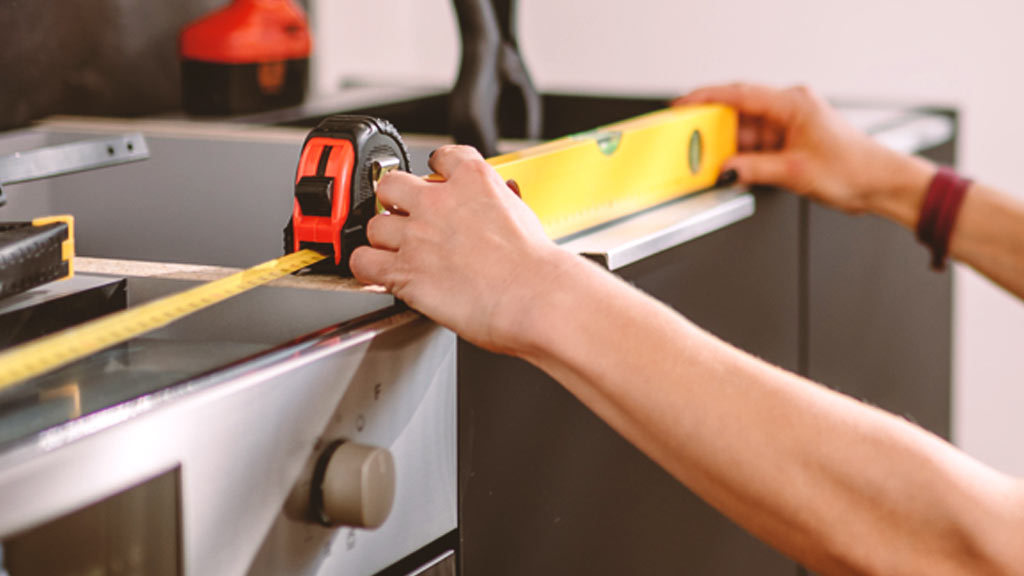
The kitchen is at the heart of every home, so ideally it’s a functional space and an appealing one too. It should come as no surprise that kitchens are reportedly the most renovated space in Australian homes. An updated kitchen is also a great way to add value to your home when it comes time to sell.
It’s important to make sure any reno you take on is right for you, right for your home, and done to the best standard possible. If not, it could end up costing you far more money, time and heartache than it’s worth.
Here are five kitchen renovation mistakes you should avoid.
Trap 1: Poor kitchen design
Your kitchen’s design will determine both its functionality and appeal, so it’s important to strike a good balance between the two in the planning stages. Otherwise you’ll end up with an impractical kitchen that looks good – or an effective kitchen that doesn’t suit the style and character of your home.
Denita Wawn, national CEO of Master Builders Association (MBA), says when planning the design of your kitchen one of your first considerations should be how the space needs to work for the people who’ll be using it.
“Whether it’s families with young children or teenagers, people with disabilities or people who are ageing, the way a kitchen works can make a big difference to their quality of life. Differences in height and abilities should be factored into the design of the kitchen,” she says.
The kitchen work triangle is still fundamental to kitchen design, but has long since ceased being the main game
The ‘kitchen work triangle’ is a simple, well-established principle for designing functional, ergonomic kitchens, stipulating that you should be able to draw a triangle between the kitchen sink (where you clean and prepare food), the stove/oven (where you cook) and the refrigerator (where you store food).
But this classic kitchen design is evolving alongside our changing needs in the kitchen.
“The triangle is still fundamental to kitchen design but has long since ceased being the main game,” Wawn says.
“Creating zones in the kitchen is now a focus; for example, people cooking are now likely to refer to a recipe on a device and there needs to be power and space where it won’t be damaged by heat or water … something that wasn’t as much of a worry with cookbooks.”
Trap 2: DIY overwhelm
Depending on your skill level and the extent of the kitchen renovation, it’s certainly possible to successfully renovate your own kitchen, especially for cosmetic renovations like replacing wall tiles and grout, painting and even installing cabinetry.
“If you think you’re up to the task of project managing the kitchen renovation yourself, then you’re talking big savings,” says Australian renovation expert Cherie Barber on her blog Renovating for Profit. “It all depends on the time you have to invest, the level of responsibility you’re willing to take on, how much you trust your creative and organisational abilities, and the budget you’ve allocated.”
But without the necessary skills, time and resources, it’s likely you’ll be overwhelmed by the task and need to call in the experts to finish the project, costing a lot more money than you’d originally intended.
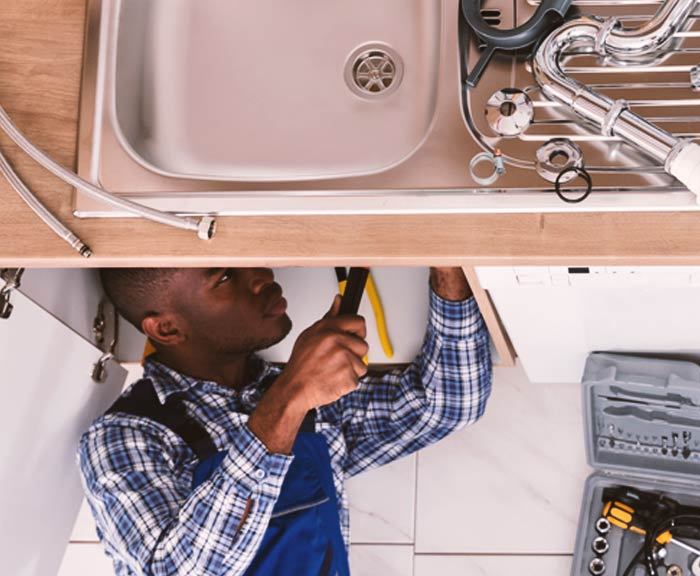
Then there are the tasks you aren’t legally allowed or shouldn’t do yourself. Hooking up your sink and dishwasher to existing plumbing (or installing new plumbing to suit your new kitchen layout), along with electrical work and gas fitting, should be done by licensed, skilled and experienced plumbers and electricians.
“It’s important to understand that issues with DIY aren’t just around skills and abilities; there are also issues to do with safety, compliance with the building code and Australian standards,” Wawn says.
Using tradespeople who are registered, licensed and have the correct insurance means you’re covered if something goes wrong, but if you DIY and you make a mistake the responsibility will fall entirely on your shoulders.
Trap 3: Prioritising style over function
You want your newly renovated kitchen to look good, of course, and to appeal to potential buyers in the future. But for it to be effective as well as attractive, there are some necessary functional elements to consider.
Optimal lighting, ventilation, storage, bench space, durable materials and room to move should all be considerations when planning your kitchen.
To make the most of your kitchen reno, you don’t want to choose materials or a colour scheme that will date after only a few years, so be clever about the style you choose.
Your builder, project manager and/or a kitchen design specialist can offer you expert advice on how best to achieve this, taking into account the style of your existing home and how you use your kitchen.
Natural marble benchtops won’t necessarily work if you have young children and want to keep your benches stain free
“Issues of style come down to personal taste and it’s always possible to integrate style and practicality,” says Wawn.
“However, trends may or may not be appropriate for how you live so it’s important not to prioritise trend over what works for you at this stage of your life.
“For example, having natural marble benchtops won’t necessarily work if you have young children and want to keep your benches stain free.”
Trap 4: Making changes after work begins
Ideally you’d be 100% happy with the design of your new kitchen before the work starts to avoid extra costs from changes you make during the project. The best way to achieve this is to have open communication with the builder from the get-go.
“Selecting the right builder and communicating very opening and honestly with them will help you achieve your desired outcome,” Wawn says. “Clarity of communication between builder and client around style expectations will produce the best results.
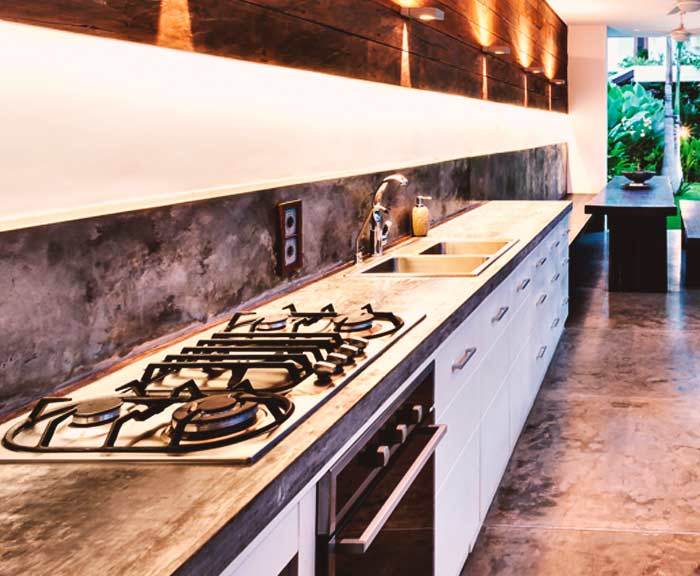
“As well as being as clear as possible about what doesn’t work with the current kitchen, the changes you want to achieve and the style, it’s vital to be honest with your builder about your budget … they can help you maximise what you can achieve if you’re clear about the budget from the beginning.”
And whether you’re buying new appliances or using old ones, make sure your designer and builder/project manager know their exact dimensions so they fit the new layout and suit the overall style of the kitchen. Otherwise, you may need to change the kitchen design, which will cost more time and money.
Trap 5: Going it alone on a flat-pack kitchen
A flat-pack kitchen can be an excellent money-saving option for some homes. They’re cheaper than customised kitchens and relatively easy to put together, and you can choose between budget or quality prefabricated kitchens and components such as hinges, drawer runners and drawers.
They come in a range of styles and standard sizes and some are even customisable so you can fit it specifically to your requirements.
You can employ a carpenter or kitchen installer to fit them for you, or assemble them yourself if you want and you have the time.
Installing cabinetry is only half the job: benchtops, splashback tiling and flooring may come at an additional cost and require a certain level of skill to install
However, installing your new flat-pack kitchen cabinetry is actually only half the job done: benchtops, splashback tiling and flooring are also essential in a kitchen renovation. These may come at an additional cost and require a certain level of skill to install.
Cherie Barber advises in her blog that home renovators never install benchtops and appliances themselves. “It’s far trickier than you think,” she says.
So unless you feel confident in your abilities, don’t tackle this one without some expert guidance or help – or you could end up being forced to pay a professional to come in at short notice to finish the job for you.
CASE STUDY: Flat-pack regret
Three-quarters of the way through a full home renovation, Caz looked at his rapidly depleting budget and realised with regret that he was going to have to compromise on the lavish kitchen he’d originally planned to install.
“I was intending to make a real feature of the kitchen, with custom-made cabinetry and stone and hardwood benchtops,” he tells CHOICE. “But after some unexpected financial costs in other areas of the house, by the time I got around to the kitchen, I just didn’t have the funds to make it happen.”
Our family kitchen gets some heavy-duty use, and the melamine coating hasn’t really stood up to that
Living without a kitchen for an extended period of time was not an option, so he needed to decide on an alternative – and fast.
“I’d helped a friend install an Ikea flat-pack kitchen earlier that year and I was impressed at just how good it looked, so I began looking into that,” he says.
“There were plenty of options; I’d used their online tool to design the kitchen around the product beforehand so I felt confident it’d all fit,” he says. “All up, I think it cost me just over $5000 … I brought it home and began putting the giant jigsaw together.”
Caz successfully installed the kitchen but had to make at least three additional trips to Ikea to get extra or missing pieces and to replace broken or chipped items.
In the three or so years since Caz installed his Ikea flat-pack kitchen, he’s realised it wasn’t the right choice for his family.
“Our family kitchen gets some heavy-duty use, and the melamine coating hasn’t really stood up to that,” he says.
With funds now back in the bank, he’s planning to replace the entire kitchen with quality customised cabinetry.
The cost of renovating a kitchen
The kitchen is the most common – and the most expensive – room in the home to renovate.
The Housing Industry Association (HIA) projects there to be around 149,352 kitchen renovation jobs happening in Australia in 2018–19, and the average cost of a kitchen installed as part of a renovation to be $26,280.
The cost of kitchen renovations can vary dramatically depending on the size of the space, the quality of the materials used and whether the kitchen layout is altered.
For a budget renovation you might install cheaper materials and appliances; a mid-range renovation might include higher grade tiling and granite benchtops; and a luxury renovation could involve a new floorplan, the inclusion of expensive European appliances and high-end fittings.
The average cost of a kitchen installed as part of a renovation is $26,280
Deciding how much to spend on your kitchen reno will depend on several individual factors: what you can afford, where you live, your desired design and style and, most importantly, your home’s current value.
To avoid overcapitalising, a common rule of thumb is to spend between 5 and 10% of your property’s total value on the renovation.
As a general guide, new kitchen cabinetry and hardware will take the biggest bite out of your renovation budget, followed by labour and installation costs, new appliances, ventilation and benchtops. Other costs include flooring, lighting, doors and windows, walls and ceilings and plumbing.
When things go wrong
It’s your responsibility to ensure you contract tradespeople who are licensed, insured and experienced in renovating kitchens.
Legally, all plumbing and electrical works must be completed by specialised professionals. Check with your state, territory or local government authority that your chosen tradespeople have a current licence.
For more information, read our guide on what to do when renovations go wrong or use the contacts below for your state or territory.
ACT
When things go wrong: ACT Government
Search for licensed tradies: Access Canberra
NSW
When things go wrong: NSW Fair Trading
Search for licensed tradies: Service NSW
Northern Territory
When things go wrong: Northern Territory Consumer Affairs
Search for licensed tradies: Licensing NT
Queensland
When things go wrong: Queensland Building and Construction Commission
Search for licensed tradies: Queensland Building and Construction Commission
South Australia
When things go wrong: Government of South Australia
Search for licensed tradies: Consumer and Business Services
Tasmania
When things go wrong: Consumer, Building and Occupational Services
Search for licensed tradies: Consumer, Building and Occupational Services
Victoria
When things go wrong: Domestic Building Dispute Resolution Victoria
Search for licensed tradies: Victorian Building Authority
Western Australia
When things go wrong: Building Commission
Search for licensed tradies: Commerce Western Australia

